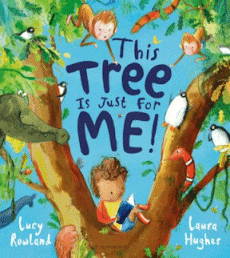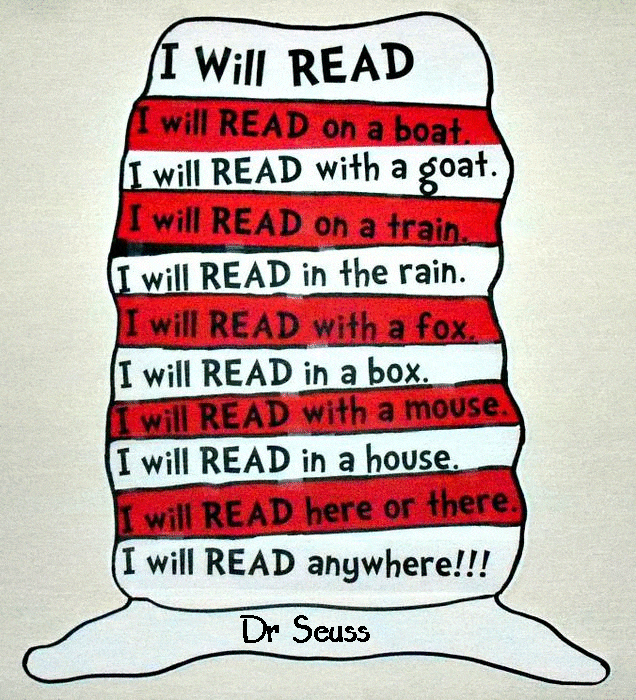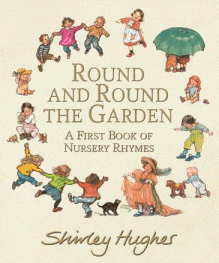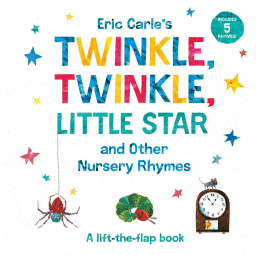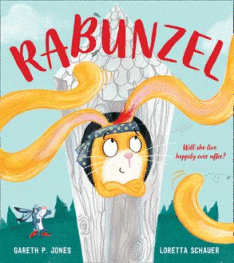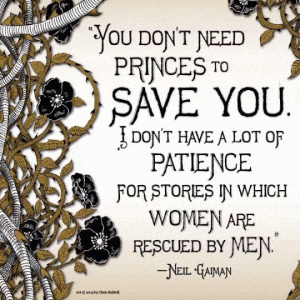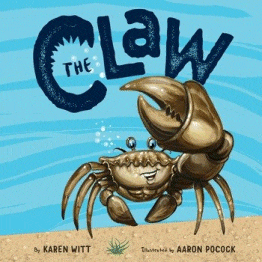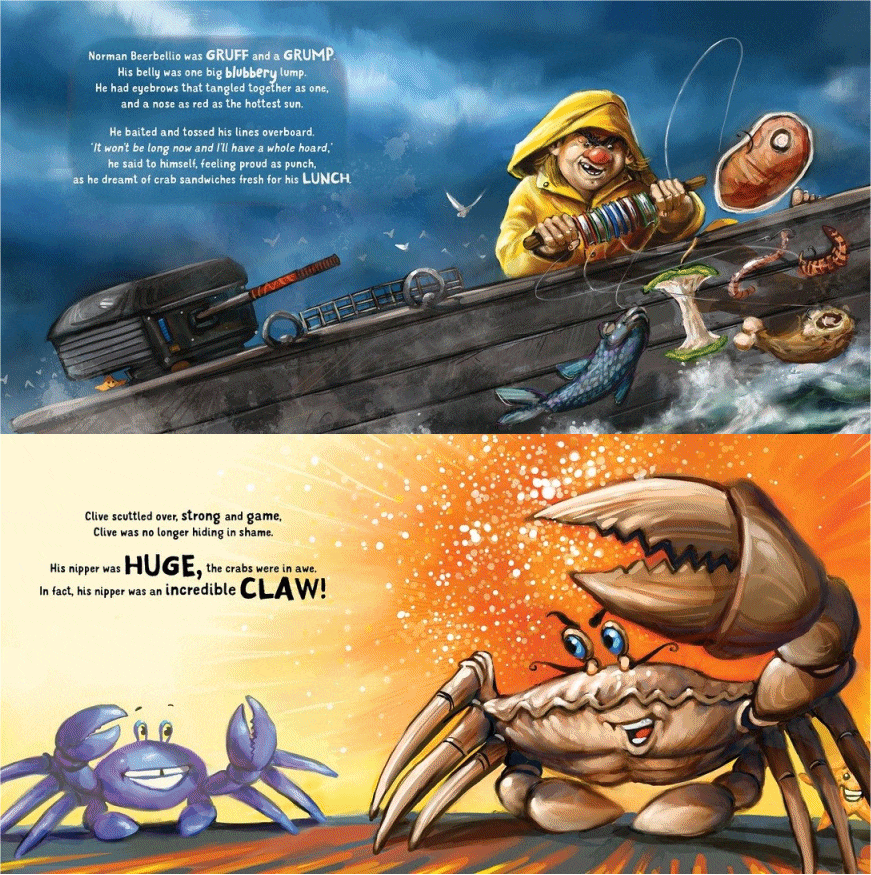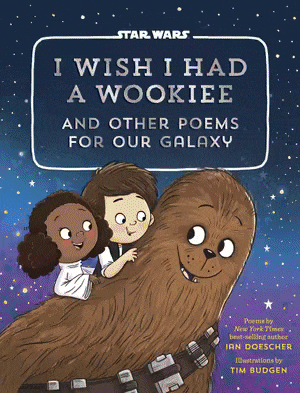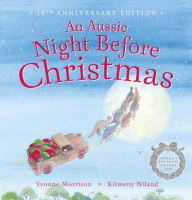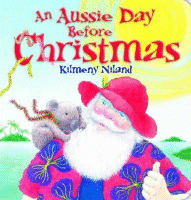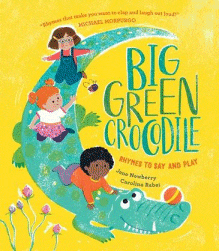
Big Green Crocodile
Big Green Crocodile
Jane Newberry
Carolina Rabel
Otter-Barry Books, 2021
32pp., pbk., RRP $A16.99
9781913074531
Regular readers of this blog will know that I always promote early reading behaviours – those that come long before any direct interaction with the marks on a page – whenever I can, and that these include the acquisition of language in the first place. And this book certainly fits into that.
Over 50 years ago when I first began my formal teacher ed studies I became fascinated with how children learn to speak, and this deepened when my son was born and so I delved into the research with enthusiasm. Not to bore you with the details, but it was evident that oral language development is inherent and that children will learn their mother tongue by listening to it, engaging with it, practising it, having fun with it and a belief that they will master it. Integral to that development is repetition, rhyme and rhythm so throughout the generations little ones have enjoyed rhymes and ditties that roll of the tongue and especially those that accompanied by body movement, particularly finger play.
And while there are hundreds of well-known rhymes that are passed through families, it is always interesting to have some new ones and this book offers 16 of those, complete with imaginative illustrations and instructions for actions. They cover the activities of a child’s day and play, encouraging movement and imagination while being short and simple enough for the child to learn them quickly so they can join in enthusiastically.
Written by someone who has been teaching music to nursery-aged children for decades, the book was one of just five shortlisted for the UK Centre for Literacy in Primary Poetry Award (won by Michael Rosen for On the Move: Poems about Migration) and although it didn’t win, the fact that rhymes for this age group were acknowledged is significant. Recognition that this is a vital part of children’s language development will add weight to the writing and publishing of quality works for this age group.
You can share Jane’s presentations of some of the rhymes here.
